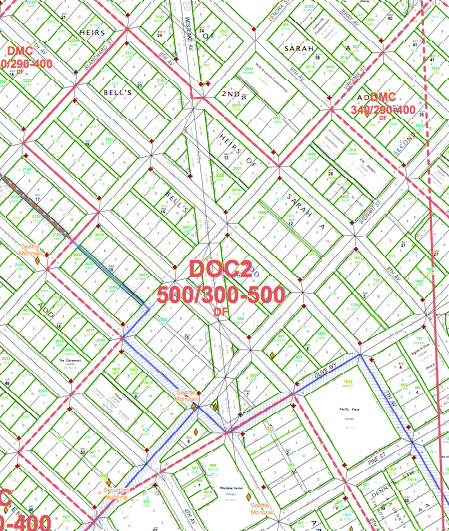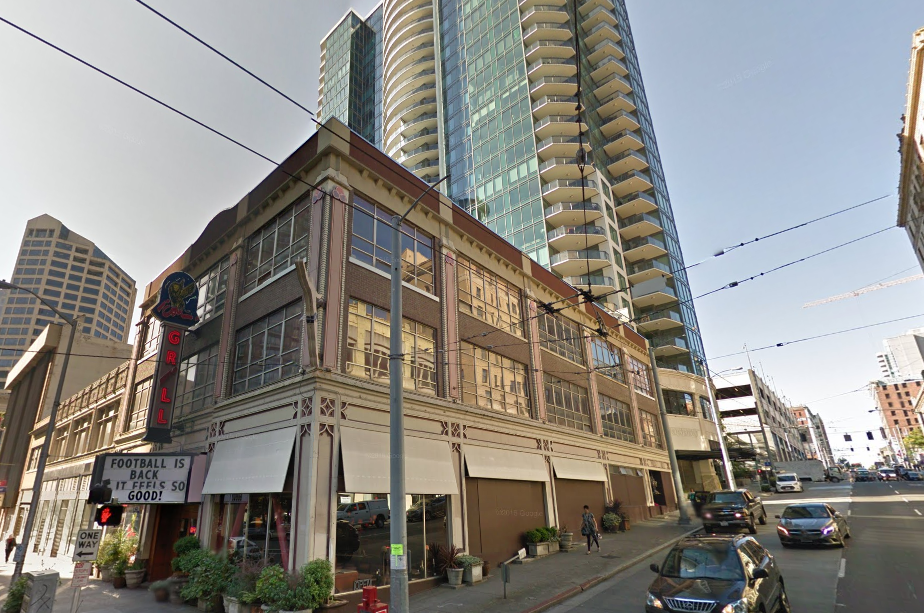The Downtown Residents Alliance (DRA) has filed an appeal on the SEPA Threshold Determination for the implementation of Mandatory Housing Affordability (MHA) in Downtown Seattle and South Lake Union. The appeal comes on the heels of a public hearing this week by the City Council that sought public comment on draft legislation for MHA requirements in new multi-family residential development. If adopted, the MHA framework would eventually be implemented through rezones that “unlock” MHA requirements in new development. Downtown Seattle and South Lake Union are likely to be some of the first areas rezoned under the framework.

The DRA’s primary contention, it appears, is tower separation requirements. Under today’s zoning code, tower separation is required for buildings above 160 feet in most Downtown and South Lake Union zones. However, no tower space requirements apply in the DOC1 and DOC2 zones, which existing in portions of Belltown and the Downtown Core. For the past year, residents in the Escala condos (located at southwest corner of Fourth Avenue and Virginia Street) widely raised concerns about a neighboring development that would be 18 feet away if approved.
The DRA released the following statement today:
Because our persistent calls for reasonable livability protections for all downtown residents have been ignored in the rush to pass the Mayor’s Housing and Livability Agenda (HALA), we felt like it was our duty to appeal the Determination of Non-Significance (DNS).
First of all, we strongly support efforts to promote and require more affordable housing in Seattle. Many of us individually have and do serve and contribute regularly to local affordable housing organization, like Compass Housing Alliance, Plymouth Housing, etc.
Second, we want to make it clear that we also support the “funding mechanism” of the HALA proposal, but we have big concerns that the land use and development draft legislation will have serious negative consequences on the environment of downtown livability. The City’s failure to adopt residential development standards in zones where residential construction is encouraged will exacerbate a “growing problem” of tower overcrowding.
The HALA team deserves thanks for supporting Option 2 to add equivalent development capacity through height rather than the additional 1000 sq. ft. per floor through additional girth in new residential development in downtown. However, this alone is not enough to ensure future livability for downtown residents.
We strongly disagree with the DNS Determination. The Director’s SEPA analysis of impacts of the implementation of this legislation lacks serious rigor, misapplies city policy, market influences, and ignores the plain fact that residential development is greatly incentivized over commercial uses in DOC1 and DOC2 because there are density limits (FAR restrictions) for residential development as there is for commercial uses.
We want to reiterate our request to include new residential development standards to provide adequate light, air, and privacy in all future projects in the “unprotected” zones of downtown. If you can change the height limits for HALA, which you can, why not also include allowances for equivalent square footage in additional height in certain zones to solve alley congestion issues and tower separation issues affective light, air, and privacy at the same time.
The DRA’s statement continues, but the group did note that if their concerns regarding tower spacing and alley setbacks were addressed, they would drop the appeal. Assuming the appeal stands with no interim resolution, the matter will be taken up with the City’s Hearing Examiner in the coming months. Perhaps more importantly, the appeal puts the whole HALA process in a state of “wait and see” since rezones that may come before the Council would likely be held up until some form of the MHA program could be enacted.
A full copy of the appeal is provided below:
Downtown Residents Alliance Appeal to HE 6-23-16 by The Urbanist
Ryan Packer has been writing for The Urbanist since 2015, and currently reports full-time as Contributing Editor. Their beats are transportation, land use, public space, traffic safety, and obscure community meetings. Packer has also reported for other regional outlets including BikePortland, Seattle Met, and PubliCola. They live in the Capitol Hill neighborhood of Seattle.


